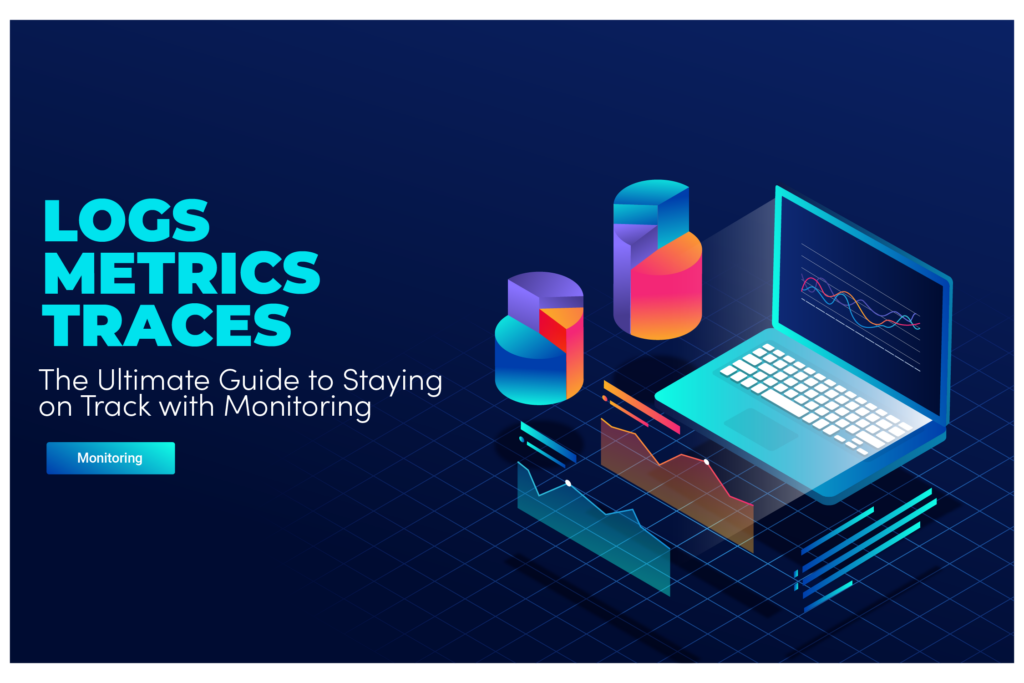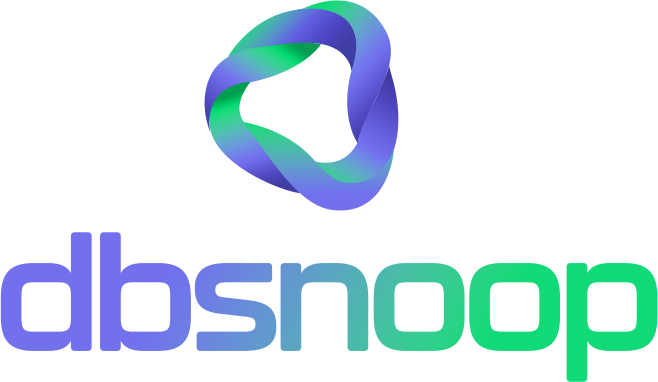

In increasingly complex environments, understanding what’s happening across infrastructure and applications is a constant challenge for DBAs, DevOps, SREs, and tech leads. When a slowdown or failure hits, which path is best for finding the root cause—logs, metrics, or traces?
Each plays a distinct role in monitoring, and using them wisely can mean the difference between hours of investigation or resolution in minutes.
This practical guide explores the differences, use cases, and limitations of each approach, with real examples and clear guidance to help you build a precise monitoring strategy. Plus, we’ll show how dbsnOOp Flightdeck integrates these data sources intelligently to give you full visibility into your environment.
What Are Logs, Metrics, and Traces?
Logs are detailed records of events occurring within systems, databases, and applications. Typically stored as text files or in centralized systems, logs show what happened, when, and in what context. They are essential for in-depth investigations and targeted analysis.
Metrics are aggregated numerical values tracked over time, used to measure and observe system and service behavior. They help detect patterns and anomalies quickly, making them ideal for real-time dashboards and alerting.
Traces offer a sequential, end-to-end view of how a request moves through distributed systems. They reveal relationships between services, pinpoint slowdowns, and show how each component contributes to the total response time.
Understanding these three pillars is key to building effective, problem-solving monitoring.
Many teams rely on only one or two, limiting their diagnostic power. When issues are intermittent or distributed, having only one of these sources often generates more confusion than clarity.
When to Use Each One
Logs are extremely useful for identifying specific errors. Suppose a user reports unexpected behavior—well-structured logs with proper timestamps and context can lead you straight to the source. Logs are also crucial for audits, security analysis, and tracking unanticipated behavior.
Metrics shine when you need a broad, continuous view of system health. It’s through metrics that you’ll notice CPU usage spikes, increased response latency, or drops in processed requests. Metrics are perfect for proactive alerting and quick decisions in critical operations.
Traces are indispensable in complex environments, especially in distributed or microservices architectures. They show each step of a request, helping you visualize where bottlenecks occur and how long each service takes. When multiple components are involved, traces provide the missing link.
The key is combining these approaches based on the issue at hand. For example, a metric-based alert may lead to a specific trace, which in turn uncovers an error visible in the logs.

Smart Integration of All Three
Integrating logs, metrics, and traces breaks down silos and enhances team responsiveness. This is where modern platforms like dbsnOOp Flightdeck excel.
Flightdeck collects metrics directly from queries and sessions, monitors database behavior in real time, and generates traces based on executed requests—all paired with structured, accessible logs linked to operational context.
This observability model allows you to detect a performance issue via metrics, follow the path with a trace, and confirm the cause with a log. It’s a triangulation that makes troubleshooting faster, more accurate, and evidence-based.
What’s more, the platform emphasizes end-user experience. It’s not just about monitoring machines—it’s about understanding system behavior end-to-end.
Effective monitoring requires centralization, correlation, and visualization. dbsnOOp Flightdeck enables all of this in real time, delivering actionable insights—even in complex environments or those handling massive data volumes.
Benefits of Full-Stack Monitoring
An integrated approach delivers tangible results:
- Faster incident response times
- Evidence-based diagnostics
- Less noise, more focus on critical alerts
- Better cross-team collaboration
- Greater operational confidence
When logs, metrics, and traces are used together, teams respond faster and more effectively. This directly improves user experience and system reliability.
Another key benefit is post-incident learning. With well-organized historical data, teams can conduct retrospective analyses, identify patterns, and anticipate future problems.
Avoid Common Pitfalls
Many organizations start monitoring with a metrics-only focus. While important, metrics alone lack the detail needed for thorough analysis. Use metrics for alerting, but rely on logs and traces for deeper investigation.
A common trap is skipping tracing due to perceived complexity or cost. In reality, modern solutions make implementation easier—and the visibility gains are worth it.
Poorly structured logs are another issue. Disorganized logs make analysis difficult and automation nearly impossible. Invest in consistent formats and tools that correlate logs, metrics, and traces.
Monitoring That Goes Beyond Graphs
Knowing what to monitor is as important as how. Logs, metrics, and traces aren’t competing solutions—they’re complementary. When used strategically, they offer total visibility, reduce incident response time, and build confidence in your infrastructure.
The dbsnOOp Flightdeck delivers this integrated view, focused on database performance and comprehensive observability. It’s the difference between firefighting and full control.
Want to see it in action? Book a session with one of our experts or watch a live demo.
Schedule a demo here.
Learn more about Flightdeck!
Learn about database monitoring with advanced tools here.
Visit our YouTube channel to learn about the platform and watch tutorials.


